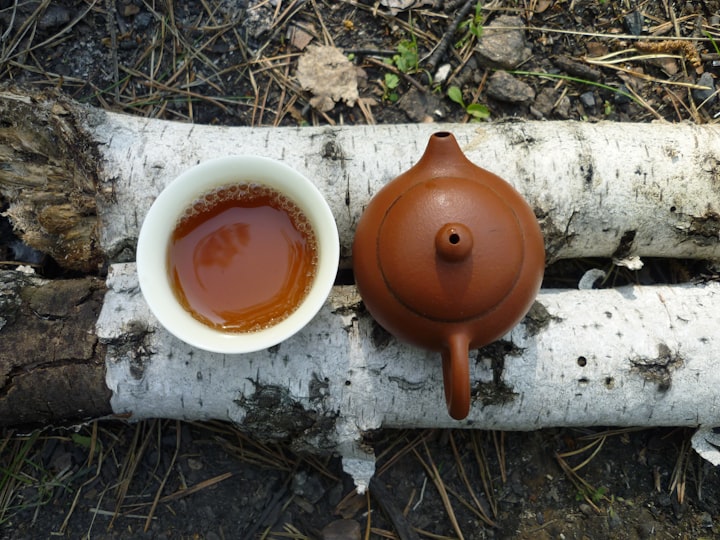Fighting cancer with ursolic acid
Naturally occurring anti-cancer compounds

“I am not afraid of storms, for I am learning how to sail my ship.”
Louisa May Alcott, Little Women
Ursolic acid (UA), an ursane-type pentacyclic triterpenic acid, can be found in the berries and leaves of several natural medicinal plants, including
- Vaccinium macrocarpon Ait. (cranberry),
- Arctostaphylos uva-ursi (L.) Spreng (bearberry),
- Rhododendron hymenanthes Makino,
- Eriobotrya japonica (loquat),
- Calluna vulgaris (common heather, ling or simply heather),
- Eugenia jambolana (Syzygium cumini, commonly known as Malabar plum, Java plum, black plum, jamun or jambolan),
- Ocimum sanctum (holy basil, tulsi or tulasi),
- as well as in the wax-like protective coatings of fruits such as pears, apples and prunes, and
- in herbs and spices like rosemary and thyme.
UA has numerous biochemical and pharmacological effects including anti- inflammatory, anti-oxidative, anti-proliferative, anti-atherosclerotic, anti-leukemic, anti-viral and anti-diabetic effects.
It also exerts anti-cancer activities in ovarian, breast, gastric, prostate, lung, liver, bladder, pancreatic and colorectal cancers (Source: "Naturally occurring anti-cancer compounds: shining from Chinese herbal medicine"). Consequently, UA can be used as a potential therapeutic agent for the treatment of various cancers.
For example, UA
- inhibits cell proliferation and induces pro-apoptosis in human breast cancer cell lines (Source Via Vocal: "Fighting breast cancer with natural compounds backed by science"),
- inhibits cell tumour growth in human prostate cancer cells and xenograft mice, and induces apoptosis in human prostate cancer cells,
- induces apoptosis and inhibits cell proliferation in human colorectal cancer cells,
- induces oxidative stress and disruption of mitochondrial membrane permeability to mediate apoptosis in human osteosarcoma and cervical cancer cells,
- induces autophagy to mediate cell death in murine cervical cancer cells,
- promotes cytotoxic autophagy and apoptosis in human breast cancer cells, and
- inhibits tumour angiogenesis (Source Via Vocal: "Fighting angiogenesis with natural compounds backed by science") through mitochondrial-dependent pathway in Ehrlich ascites carcinoma (a spontaneous murine mammary adenocarcinoma) xenograft mice.
Cancer immunomodulatory activities of UA
For instance, UA down-regulates NF-κB (an important signalling pathway that is involved extensively in cancer development and progression) to inhibit cell growth and suppress inflammatory cytokine levels (including TNF-α, IL-6, IL-1β, IL-18 and IFN-γ) in human breast cancer cells. This is very important, because cancer cells, stromal cells and immune cells that populate all the tumour microenvironment, most of the times secrete inflammatory cytokines to facilitate tumour growth.
UA can also modulate the tumour environment by modulating cytokine production (such as TNF-α and IL-12) in ascites (abnormal build-up of fluid in the abdomen) Ehrlich tumour.
UA is insoluble in water, with poor pharmacokinetic properties (poor oral bioavailability, low dissolution and weak membrane permeability).

In order to overcome the poor pharmacokinetic properties of UA, new drug delivery technologies have been developed including the use of
- liposomes,
- solid dispersions,
- niossomal gels, and
- nanoliposomes.
with liposome being the most commonly used drug delivery system. For example, a chitosan-coated UA liposome has been synthesised with tumour targeting and drug controlled release properties, and it enhanced the inhibition of cell proliferation and tumour growth in human cervical cancer cells and xenograft mice.
UA can also be used in combination with other drugs.
For instance, the combined treatment of zoledronic acid (also known as zoledronate and sold under the brand name Zometa by Novartis among others, is a medication used to treat a number of bone diseases) and UA enhances the induction of apoptosis and inhibition of cell proliferation through oxidative stress and autophagy in human osteosarcoma cells.
Whilst the combination of UA and curcumin (Source Via Vocal:"Curcumin anti-cancer properties and therapeutic activity") inhibited tumour growth compared to UA alone in skin cancer mice.
Moreover, UA combined with doxorubicin (sold under the brand name Adriamycin among others, is a chemotherapy medication used to treat cancer) enhanced the cellular uptake of doxorubicin, and reversed multi-drug resistance (MDR), the principal mechanism by which many cancers develop resistance to chemotherapy drugs, in human breast cancer cells.
Finally, a human clinical study was conducted to investigate the toxicity and pharmacokinetics of UA-liposomes (UAL) in healthy adult volunteers and patients with advanced solid tumours, and UAL had manageable toxicities under the dose of 98 mg/m2, as well as a linear pharmacokinetic profile. So it was suggested that UA could be developed as a potential and safe drug.
Thank you for reading 💙
P.S.
Loquat tea (UA rich) recipe
(Preparation method of loquat tea: patent CN105901231A)
The preparation method is characterised in that the loquat tea is made from tender loquat leaves and loquat flowers, and is obtained by processing steps such as raw material picking, slicing, fermenting, de-enzyming, rolling, microwave drying, stir-frying, shaping and packing.
The loquat tea has multiple health-care effects of harmonising stomach, diminishing inflammation, reducing phlegm, cooling throat, relieving cough, dispelling the effect of alcohol, protecting liver, moistening lung and beautifying skin.
Make tea, not war. — Monty Python






Comments
There are no comments for this story
Be the first to respond and start the conversation.